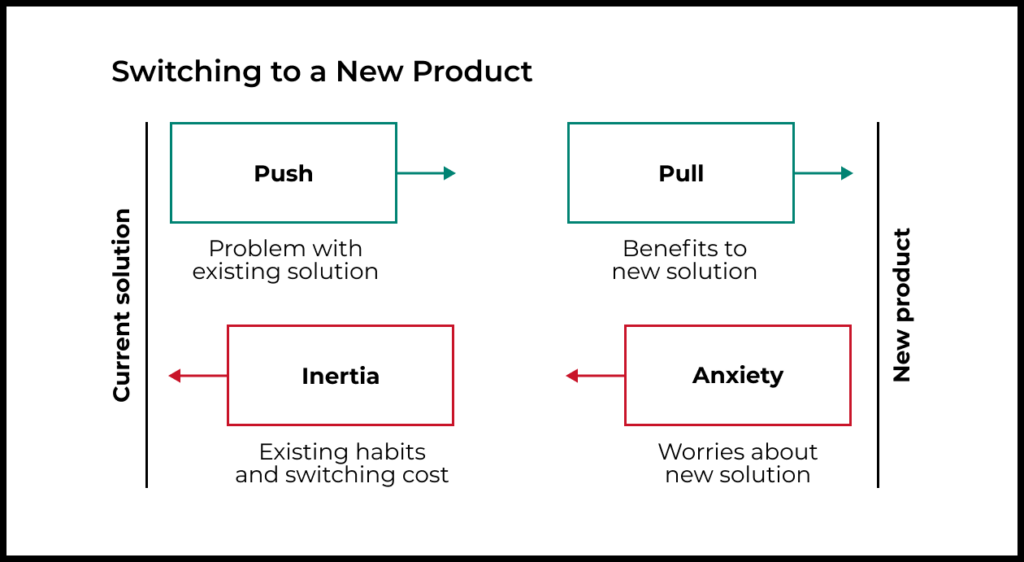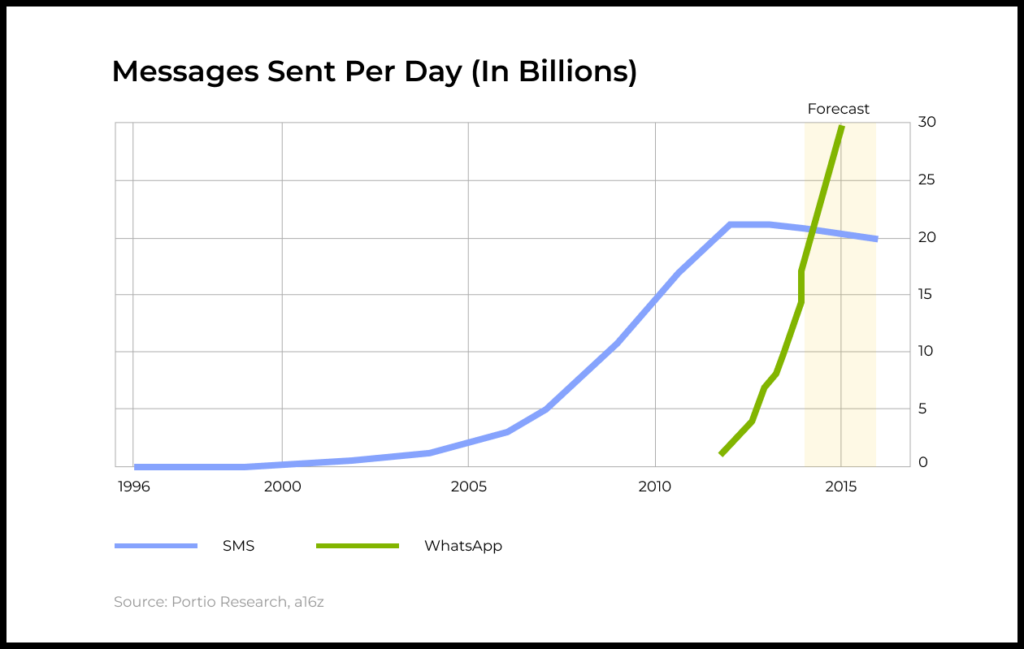GoPractice opens a series on how to create products that people need – on the basics of product management.
From this article, you will learn how product work differs through the prism of “problems and pains” from work through the prism of “increasing the effectiveness of the solution.”
→ Test your product management and data skills with this free Growth Skills Assessment Test.
→ Learn data-driven product management in Simulator by GoPractice.
→ Learn growth and realize the maximum potential of your product in Product Growth Simulator.
↓ All posts of the series:
→ Addressing user pain points vs solving user problems better.
→ Product manager skills: evolution of a PM role and its transformation.
→ Product metrics, growth metrics, and added value metrics.
→ Customer retention levers: task frequency and added value.
→ How to measure the added value of a product.
→ Should a product be 10 times better to achieve product/market fit?
→ Product/market fit can be weak or strong and can change over time.
→ Two types of product work: creating value and delivering value.
→ What is the difference between growth product manager, marketing manager, and core PM.
“Before you develop a product or a feature, you have to find the pain your users are experiencing.”
“Is your startup building a “painkiller” or a “vitamin” for your clients? In order to get their attention and build a sizable business of scale, “painkillers” are a must.”
“Successful products solve burning problems in people’s lives.”
“If you have a perfect solution to a problem no one has, you lose.”
These theses about the importance of solving a problem and focusing on the pain of the client are the axioms of product management. But I have always been confused by the words “problem” and “pain” in the context of building products.
Many successful products on the market didn’t address any acute pain when they were launched. Or at least people didn’t perceive the pain these products solved.
Everything fell in place when I found out that the word “problem” is actually a synonym for the word “task.” Each person accomplishes many tasks every day. The job of a product manager is to find a way to help people accomplish these tasks more efficiently.
“Solving problems and user pains” has become “solving a person’s task in a more efficient way.” After all, it is the added value of a product in comparison to alternatives that determines its success and demand for it.
One way to create added value is to identify user pains in current solutions and solve them in your product. Another is to come up with a more efficient way to solve the problem. In this case, users will be willing to choose your product even if they are not experiencing “pain” in the current solution.
What’s wrong with creating products through solving pains
Consider the following situation:
- Task: User X has an extra million dollars from which he wants to make profit.
- Solution A: Most banks, including the user’s bank, offer savings accounts at an annual interest rate of 2%.
- Solution B: Your team has figured out a way to offer customers an annual interest of 5%.
- There is no difference between your offer and other options on the market, except for the interest rate, so you offer a more effective way to solve the client’s problem. Therefore, user X will choose your product because he will get 3% more money (the added value of decision B relative to decision A).
Did user X feel any pain from the 5% interest rate of the available options in the market? Were there any obvious problems with these products? No.
Did the user have a task they wanted to solve? Yes they did.
Did you offer the user a more effective solution than the available alternatives? Yes you did.
Was the added value of your solution enough for the client to choose you? Yes, it was.
This is what made your product valuable. It was at this point that it achieved product/market fit.
To achieve product/market fit, your product must solve a user’s task (the meaning behind the word “problem”) more effectively than the alternatives. The user doesn’t necessarily have to experience acute pains with the current solution she is using (an incorrect translation of the word “problem”).
People are looking for more efficient ways to do the jobs
Our life consists of many different tasks. We need to satisfy our hunger before heading for work, then get to the office during the morning rush hour, understand the reasons for the unexpected decline in user retention in one of the countries, entertain our children during holidays, lose excess weight, learn important information from colleagues, and so on.
The solutions to some of these problems cause pains and problems that people are clearly aware of and can articulate. In such situations, they are more likely to look for alternative solutions. Creating a product that addresses these shortcomings is highly likely to create added value and interest users.
But solving the problems of existing products is far from the only way to create added value. Users may be satisfied with the current solution, but that doesn’t mean they won’t choose a better product if you create one.
Two key forces influencing the decision to change the way the problem is solved
There are two main forces in a user’s decision to switch to a new solution:
- Problems with current solutions
- Benefits of using the new solution

Solving the pains of existing solutions exploits the first force to create added value.
But very often, new products become valuable not by correcting the problems of existing solutions (users may not be aware of them), but because of the benefits they offer.
Let’s look at an example.
SMS vs mobile messengers
I used to communicate with friends through SMS. I didn’t see anything wrong with this product. SMS did its job and I did not know of better alternatives.
In the 2010s, mobile messengers appeared on the market and began to spread. Even though I had no “pain” with SMS, I switched to using instant messengers to communicate with friends and family.
Messengers solved my problem much more effectively. First of all, I didn’t have to pay for each message. But there were other advantages too, such as seeing the online status of my contacts, message statuses, and so on. Therefore, mobile messengers won the competition for “a task”, took the job away from SMS and turned the market upside down.
After the fact, I can acknowledge the “pain” that existed: I had to pay for every message. But before the advent of instant messengers, I did not perceive this as a “pain.” I did not know anything better than SMS for solving my problem.
Mobile messengers won me and the market as their teams came up with a more efficient solution to my problem. They created added value.

Product work through the prism of “problems and pains” and through the prism of “improving the effectiveness of the solution”
“Before you develop a product or a feature, you have to find the pain your users are experiencing.”
“Is your startup building a “painkiller” or a “vitamin” for your clients? In order to get their attention and build a sizable business of scale, “painkillers” are a must.”
Interpreting product work through the prism of searching for the “pains” often drives teams into analyzing the shortcomings of current solutions, which limits their thinking.
In some situations, you can actually create a lot of added value if you fix the “pains” of the products people have to use now. But, as we have discussed, this is just one way to create a more efficient way to solve a problem (added value).
Looking at product work through the perspective of finding more effective solutions to problems in people’s lives (faster, cheaper, better) makes us look ahead in search of new technologies and methods to apply them to different tasks in order to make people’s lives better. This is a much more common way to create value.
Looking at the creation and development of products as increasing the efficiency of solving user problems allows us to answer a seemingly simple but actually difficult question about what the PM job is about. This essence of product job is often lost behind metrics, designs, unit economics, hypothesis testing, qualitative research, and competitor analysis.




